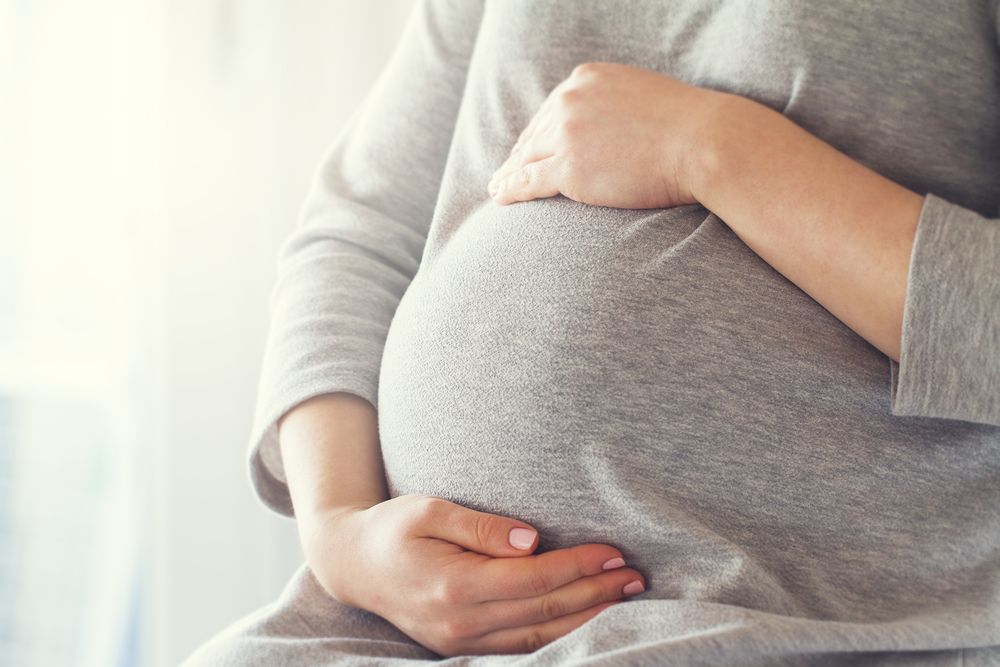Pregnancy Not Linked to Increased Chronic Damage in Women With SLE, Japanese Study Suggests
Written by |

Pregnancy is not associated with increased chronic damage in women with systemic lupus erythematosus (SLE), regardless of when they’re diagnosed with the autoimmune disease, according to a Japanese study.
While these findings may help alleviate fears about childbearing for these women, an SLE diagnosis does put them at greater risk for pregnancy-related complications, the researchers found.
Their study, “Damage accrual related to pregnancies before and after diagnosis of systemic lupus erythematosus: a cross-sectional and nested case-control analysis from a lupus registry,” was published in the journal Lupus.
With the development of improved treatments, most people with SLE are now living a normal lifespan. However, these patients are more likely to experience a greater accumulation of chronic damage, which has become a major concern in managing the disease.
Previous studies have shown that accumulation of chronic damage is associated with age, high blood pressure, disease activity, antiphospholipid syndrome (APS) — which causes recurrent blood clots — and the use of glucocorticoids.
Women with SLE have a higher risk of complications during pregnancy — including miscarriage, stillbirth, preeclampsia (high blood pressure), and premature birth — than the general population.
These complications have been associated with increased disease activity and flares. It is thereby important to determine the potential impact of pregnancy on chronic damage in women with SLE.
Research has suggested that pregnancy after SLE diagnosis is not associated with chronic damage observed at the first visit after delivery and, in the case of women with lupus nephritis (a common and serious kidney inflammation caused by SLE), over eight years after delivery.
“However, whether pregnancies in patients with SLE affect long-term damage accrual is not clear nor is the effect in patients who experienced pregnancy before the diagnosis of SLE,” the researchers wrote.
Using patient registries from the Okayama and Showa University Hospitals, in Japan, the investigators evaluated long-term chronic damage associated with pregnancies before and after SLE diagnosis.
Disease damage was measured through the Systemic Lupus International Collaborating Clinics/American College of Rheumatology Damage Index (SDI) and the SLE Disease Activity Index. Chronic damage was defined as an SDI score of one or greater.
The team analyzed data of 104 women ages 18–45 years (mean age of 38.4 years), with a maximum disease duration of 20 years, and with sufficient information on pregnancy. Mean age at diagnosis was 30.2 years.
More than half of these women (67%) were receiving a combination of immunosuppressive and glucocorticoid treatments, while 20% were on glucocorticoids alone.
A total of 35 women (34%) had been pregnant, with 22 before SLE diagnosis and 13 after. Women who became pregnant before their diagnosis were significantly older when diagnosed and when they entered into the patient registry than women who were pregnant after diagnosis and those who had not been pregnant.
Women who got pregnant after diagnosis showed more antiphospholipid antibodies (which may cause APS), took higher doses of prednisolone, and tended to have higher disease activity.
Data from women with a confirmed pregnancy outcome showed that 50% (9 of 18) of the pregnancies after diagnosis resulted in live births, compared with 82% (33 of 40) of the pregnancies before diagnosis.
These findings supported the association between pregnancy in SLE and a high risk of complications.
Chronic damage was present in 11 (50%) women with pregnancy before diagnosis, in four (31%) with pregnancy after diagnosis, and in 26 (38%) women who had not been pregnant.
To determine the potential impact of pregnancy on chronic damage, the researchers compared 33 women with chronic damage to 33 controls without such damage.
Results showed no significant differences between the two groups, except for hypertension, which was significantly more frequent in women with chronic damage (48% vs. 24%).
Both groups had a similar number of pregnancies before and after diagnosis. Pregnancy was not significantly associated with chronic damage, even after adjusting for hypertension.
“Pregnancies, either before or after the diagnosis of SLE, did not show any differences in chronic damage,” the scientists wrote, adding that their results “may help alleviate fears regarding childbearing in female patients with SLE and their families.”




